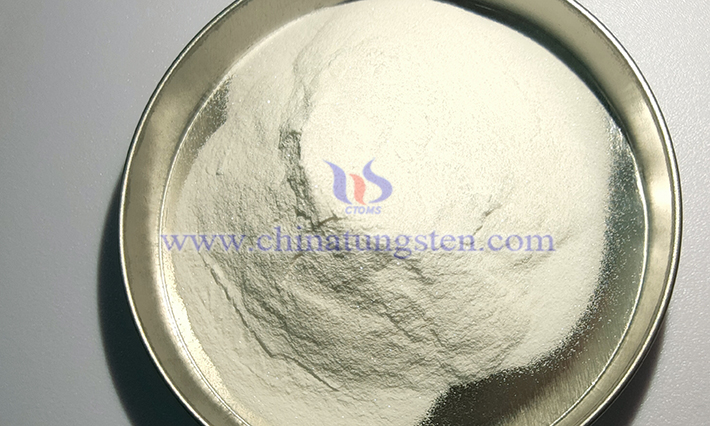What Is the Solubility of Ammonium Metatungstate in Organic Solvents?
- Details
- Category: Tungsten Information
- Published on Thursday, 08 May 2025 15:14
Ammonium metatungstate (AMT) is a highly water-soluble tungstate compound, widely used in tungsten chemical industries and catalyst preparation due to its high solubility in water (approximately 300-330 g/100 mL at 25°C). However, its solubility in organic solvents is significantly different, typically much lower or nearly insoluble. Below is an overview of AMT's solubility in some common organic solvents:

Methanol: AMT has relatively low solubility in methanol. Methanol, a polar organic solvent, has lower polarity than water. As an ionic compound, AMT relies on ion-dipole interactions for dissolution in polar solvents. Due to methanol's weaker polarity, its ability to solvate AMT ions is less effective than water, resulting in lower solubility. At room temperature, only a few grams of AMT may dissolve in 100 g of methanol. Solubility increases slightly with rising temperature, but the increase is minimal. This is because higher temperatures enhance molecular motion, strengthening interactions between ions and solvent molecules, but the interaction between methanol and AMT remains limited, so the solubility improvement is not significant.
Ethanol: Similar to methanol, ethanol is also a polar organic solvent, and AMT's solubility in ethanol is low. Ethanol's polarity is even lower than methanol's, leading to weaker ion-dipole interactions with AMT, making its solubility in ethanol lower than in methanol.

Acetone: Acetone is a polar organic solvent, but its molecular structure differs from alcohols. AMT's solubility in acetone is extremely low, almost negligible. Although acetone has relatively strong polarity, its interaction with AMT does not favor dissolution. Acetone's molecular structure makes it difficult to form a stable solvation layer around AMT ions, as water does, resulting in minimal solubility.
Toluene: Toluene is a non-polar organic solvent, and AMT, as an ionic compound, is virtually insoluble in it. Non-polar solvents like toluene cannot effectively interact with AMT ions to break its crystal lattice, so AMT remains essentially insoluble in toluene, even under conditions like heating, with no significant change in solubility.
In summary, AMT's solubility in organic solvents is generally low, attributed to its nature as an ionic compound and the polarity and molecular structure of the solvents. In practical applications, when using organic solvents to handle AMT, its solubility characteristics must be carefully considered to select appropriate solvents and conditions.
- Chinatungsten Online: ammonium-metatungstate.com
- CTIA GROUP LTD: en.ctia.group
- Tungsten News & Price: www.ctia.com.cn
- Molybdenum News & Price: news.molybdenum.com.cn
- Tel.: 86 592 5129696; Email: sales@chinatungsten.com



 sales@chinatungsten.com
sales@chinatungsten.com